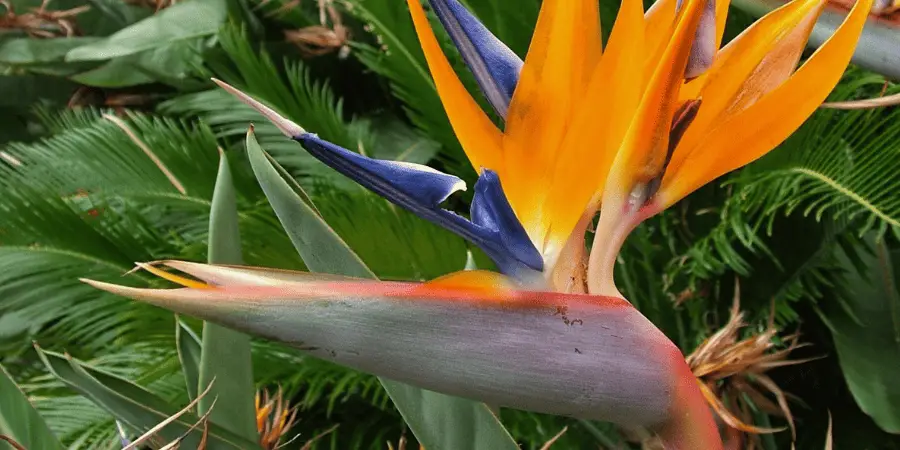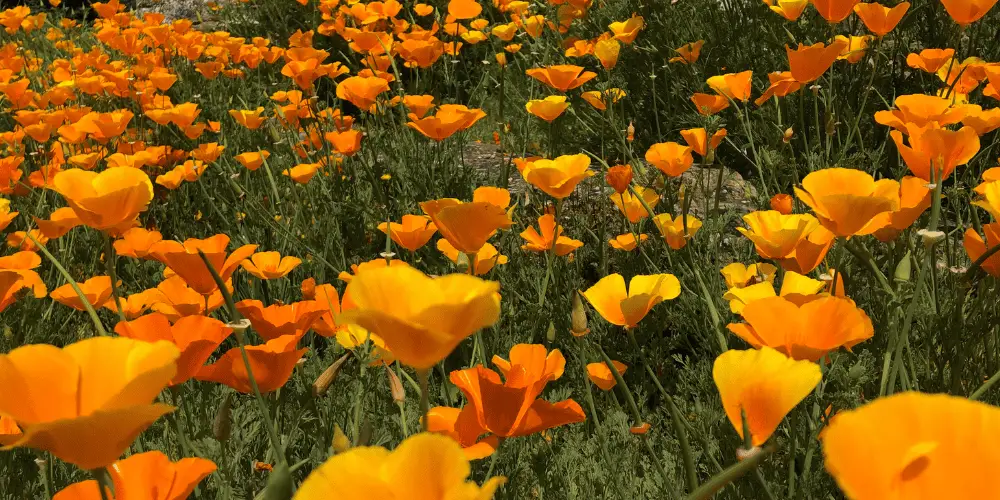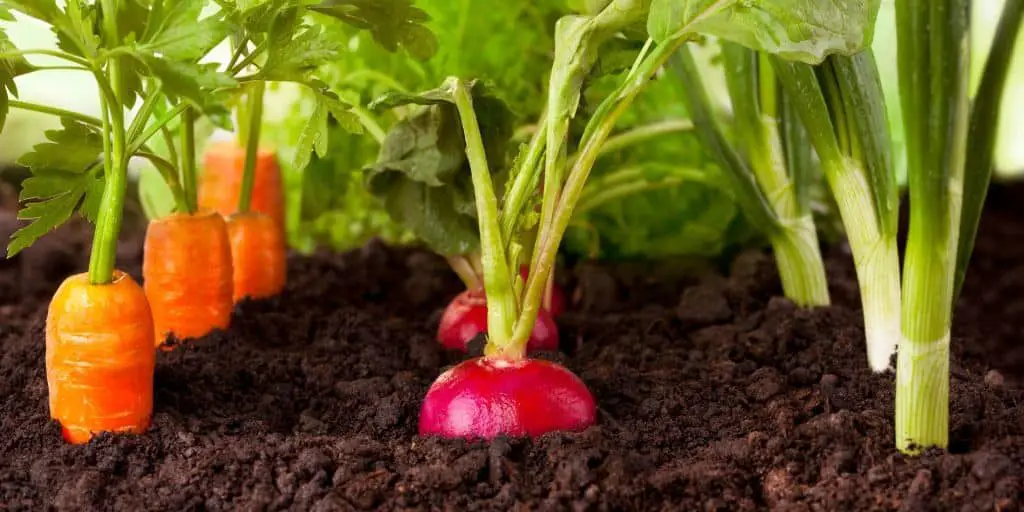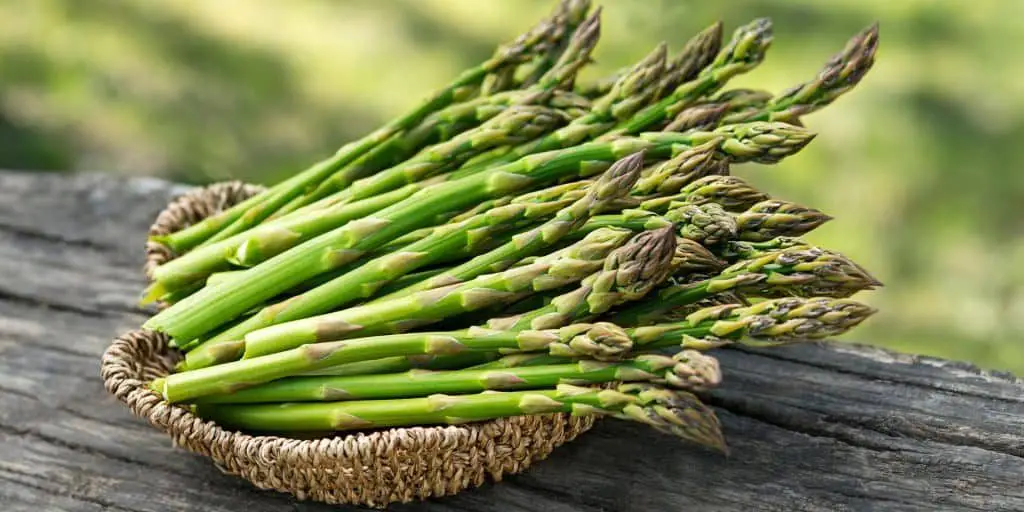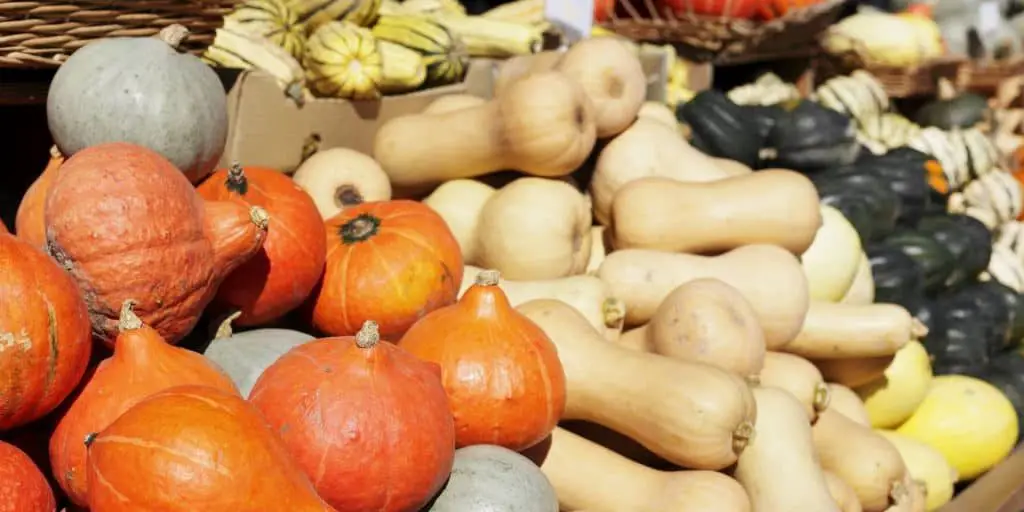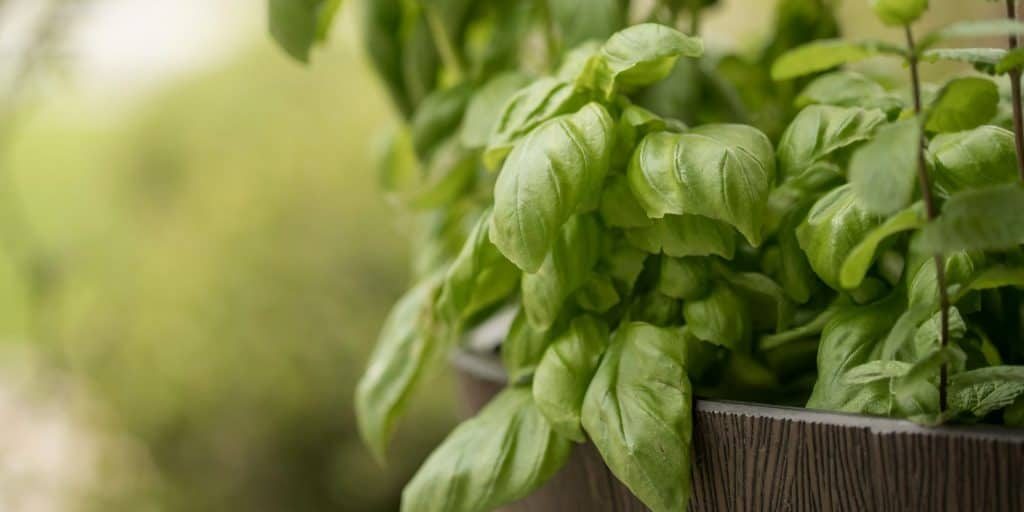
How to Propagate Basil
How would you like to have an infinite supply of fresh basil? Silly question–you’d love it! Basil is a key ingredient in so many mouth-watering recipes, from lasagna to pesto to medicinal teas. In this article we’re going to learn how to propagate basil from a stem cutting and grow it into a healthy, productive plant, so that you can have all the basil your heart desires.
What You’ll Need to Propagate Basil
For this project you need just a few supplies:
- An existing basil plant of good size, with stems eight inches or longer
- A sharp cutting implement, like a knife or scissors
- Some kind of sanitizer
- A glass of water
- A source of light
And later on when your cutting has grown roots, you’ll need just a few more to pot it up safely:
- A small pot (like this one)
- Potting soil
- A plastic gallon jug (we’ll explain this one later on!)
How to Propagate Basil From a Stem Cutting
First, sanitize your knife or scissors. This is an important step because it eliminates any bacteria on the blade that could infect the tissue of the mother basil plant.
Then, locate a good spot to cut on the mother plant. Target a sturdy stem that has several sets of leaves. Cut this stem and remove the bottom leaves.
Now place the stem in the glass of water with the bottom two inches fully submerged in water. You can cut multiple stems at once and keep them together in the same jar!
Position the jar in a warm spot that gets good sunlight and is free from drafts. South- or east-facing windows tend to be the sunniest in the house, so give that a try. If your home isn’t quite sunny enough, an inexpensive grow light (like this guy!) will be a big help.
After just a couple of weeks, you should start to see little rootlets developing from the bottom of the basil stems. Like magic, right? Although it’s tempting to take them out and pot them up right away, it’s actually better to wait until the rootlets are about an inch long.
If you notice that the water is becoming cloudy or developing an odor, gently lift the stems out, empty the glass, and replace with clean water. You can also choose to preemptively change the water once a week or so.
How to Pot Up A Basil Seedling
This process is also very simple! As we mentioned above, all you need is a pot, some potting soil, and a plastic gallon jug.
Choose a pot that’s on the small side. A pot that’s too big will simply result in a lot of waterlogged soil, which could cause the roots to rot. This size is good for a brand-new baby basil seedling.
If you’re worried about dirt falling through the drainage hole at the bottom, you can put a strip of paper towel or a coffee filter at the bottom of the pot. This will hold the dirt in while allowing excess water to drain out.
Moisten your potting soil, and then fill the pot about two-thirds full with soil. Carefully place the basil seedling on top of the soil. Make sure that the roots spread out freely instead of bending or kinking.
Add another inch or so of soil, enough to firmly support the stem of the seedling. Leave some room between the top of the soil and the rim of the pot. Using your fingertips, press down gently on the surface of the soil. This will secure the roots in the soil and press out any air pockets.
Basil likes a warm environment protected from cold air–which is where the gallon jug comes in. Cut off the flat bottom of the jug and the tapered top part. Then place the jug over the pot that holds your seedling. Voila–a tiny greenhouse! This simple trick will keep the ambient temperature around your basil warmer than room temperature, and give it shelter from cold drafts coming from open windows or A/C vents.
Fertilizing a Basil Plant
Regular fertilization will keep your basil plant as productive as possible. For food crops it’s a good idea to use organic instead of synthetically derived fertilizers since it’s something you intend to consume.
Preventing or Eliminating Pests on Basil
Your basil seedlings may come down with a bad case of the aphids. These soft-bodied insects are often attracted to potted plants because the soil within the pots is often very wet, which is their preferred condition.
If you spot aphids on your newly rooted basil, quarantine it from your other plants until the infestation is resolved. Cut off any stems or leaves that are too far gone to save.
Tilt the pot on its side, holding the plant in by placing your hand on top of the soil if necessary, and use a gentle stream of water to rinse the entire plant off. The objective is to physically remove the aphids by knocking them off with the water.
Best Dry Fertilizer: Down to Earth Vegetable Garden Fertilizer
All of Down to Earth’s products are OMRI-certified and very high-quality. This vegetable fertilizer comes in a powdered form that you can sprinkle across the top layer of soil in your pot. As you water, the fertilizer will dissolve down into the soil to be taken up by the roots.
Best Liquid Fertilizer: Dr Earth Nitro Big Concentrate
This high-quality organic fertilizer has a greater proportion of nitrogen than other macronutrients. Ordinarily you do want to use fertilizers that are more balanced, but in the case of an herb like basil, a nitrogen-concentrated fertilizer will work well because nitrogen is what powers the growth of leaves. Adding a portion of this fertilizer each time you water will result in a greener, bushier plant with lots of big leaves to harvest!
Conclusion
Basil is one of the easiest herbs to cook with, and also one of the easiest to propagate and grow! With a few simple tools and a few short weeks, you can propagate many new basil plants from one single mother. It makes for a fun gardening project with a delicious payoff!
